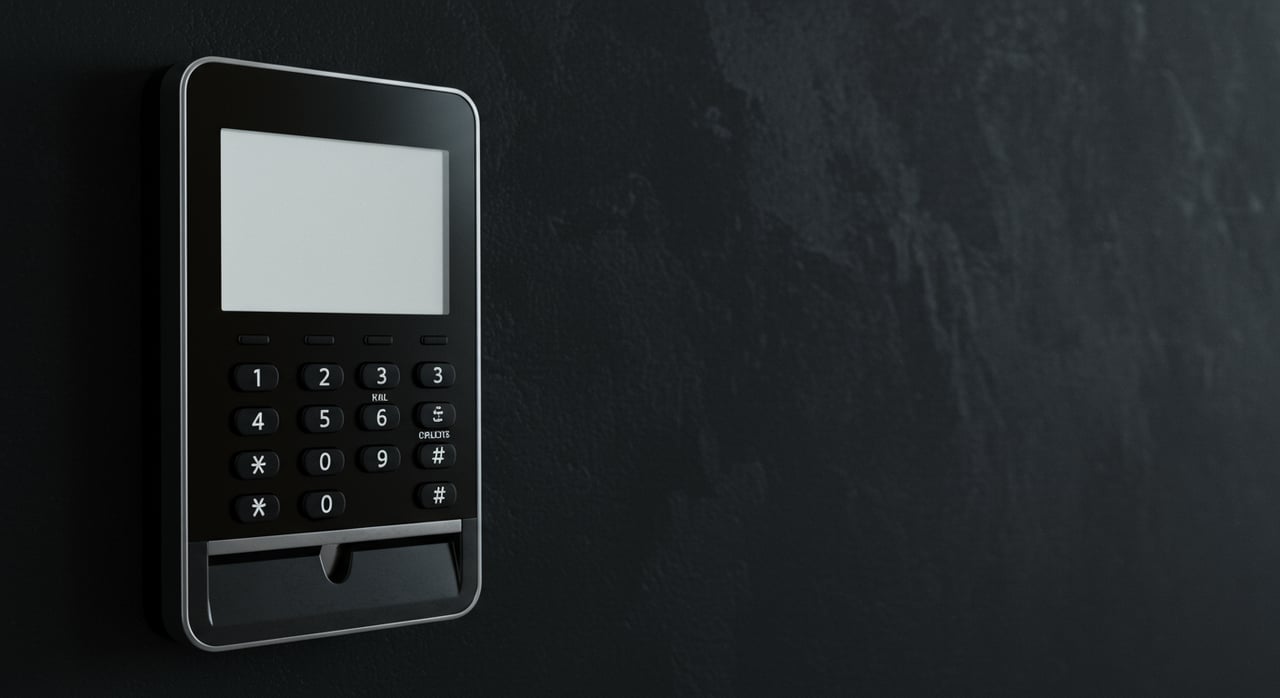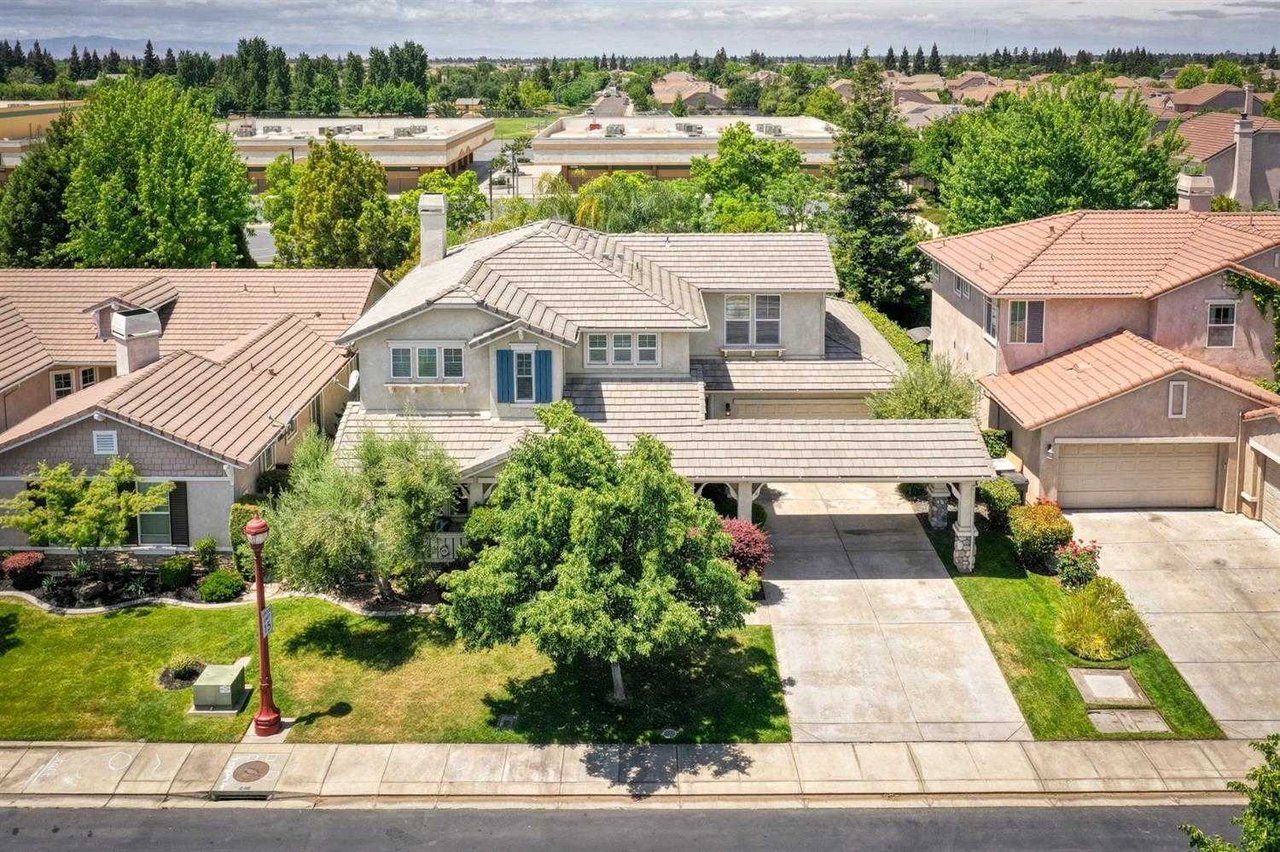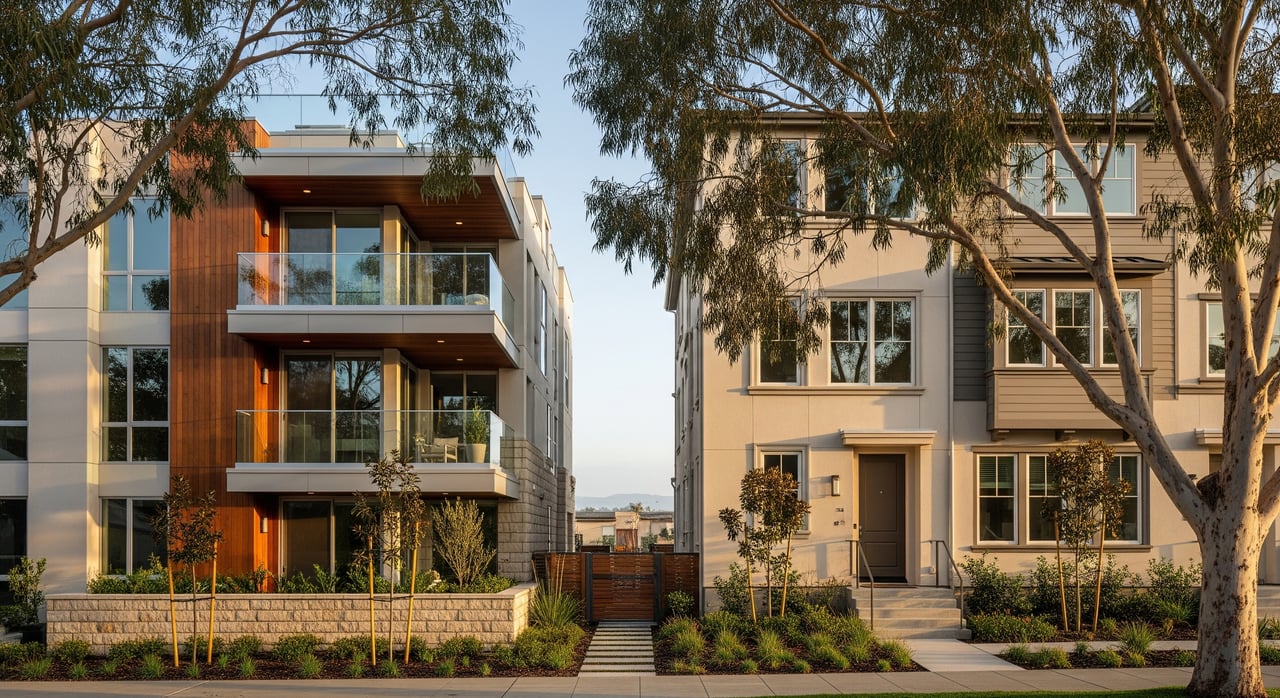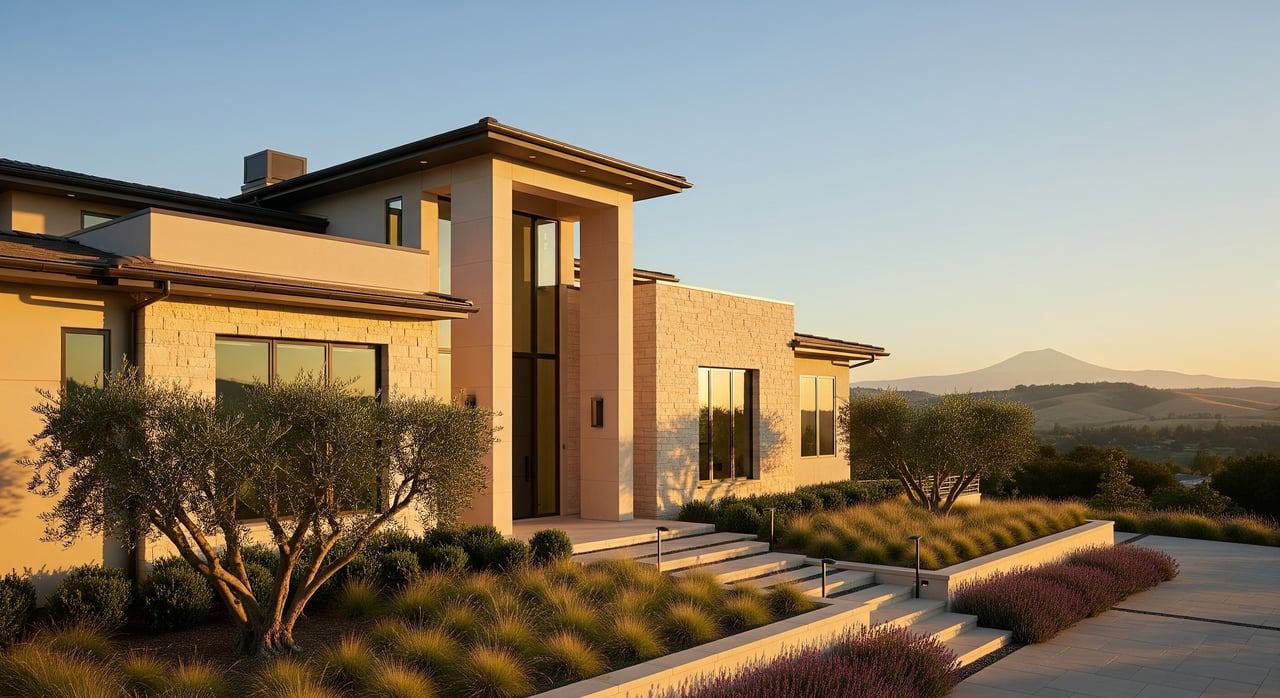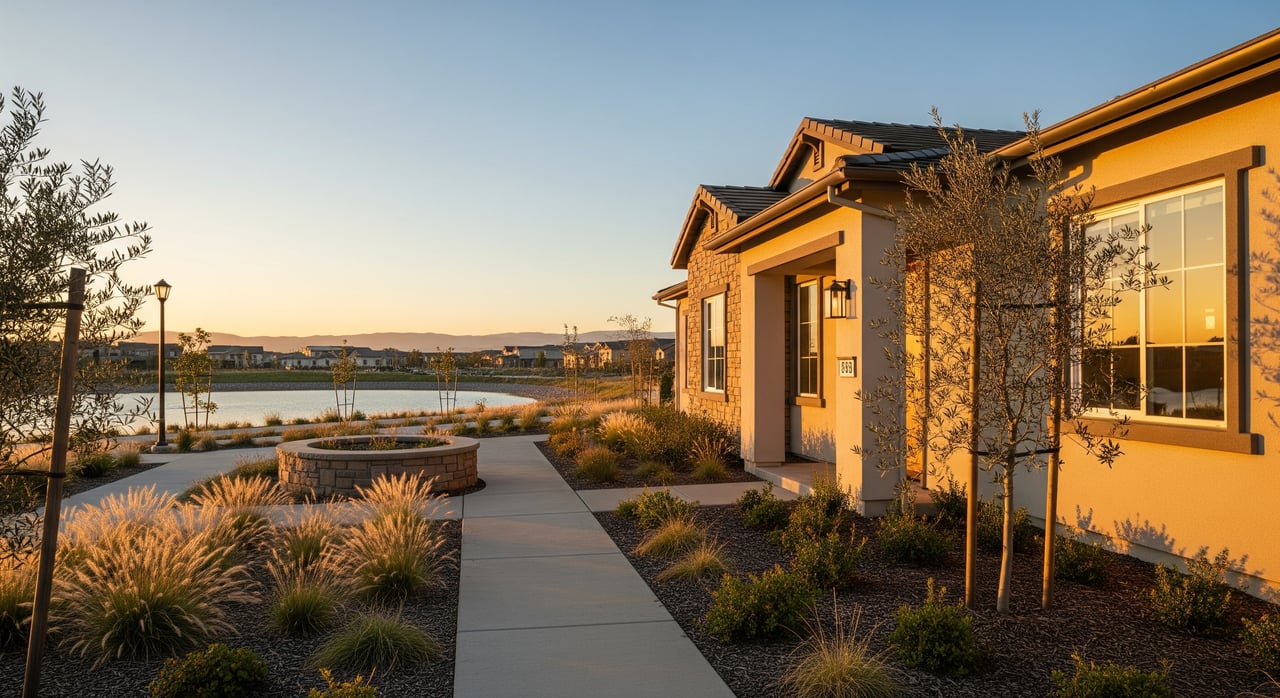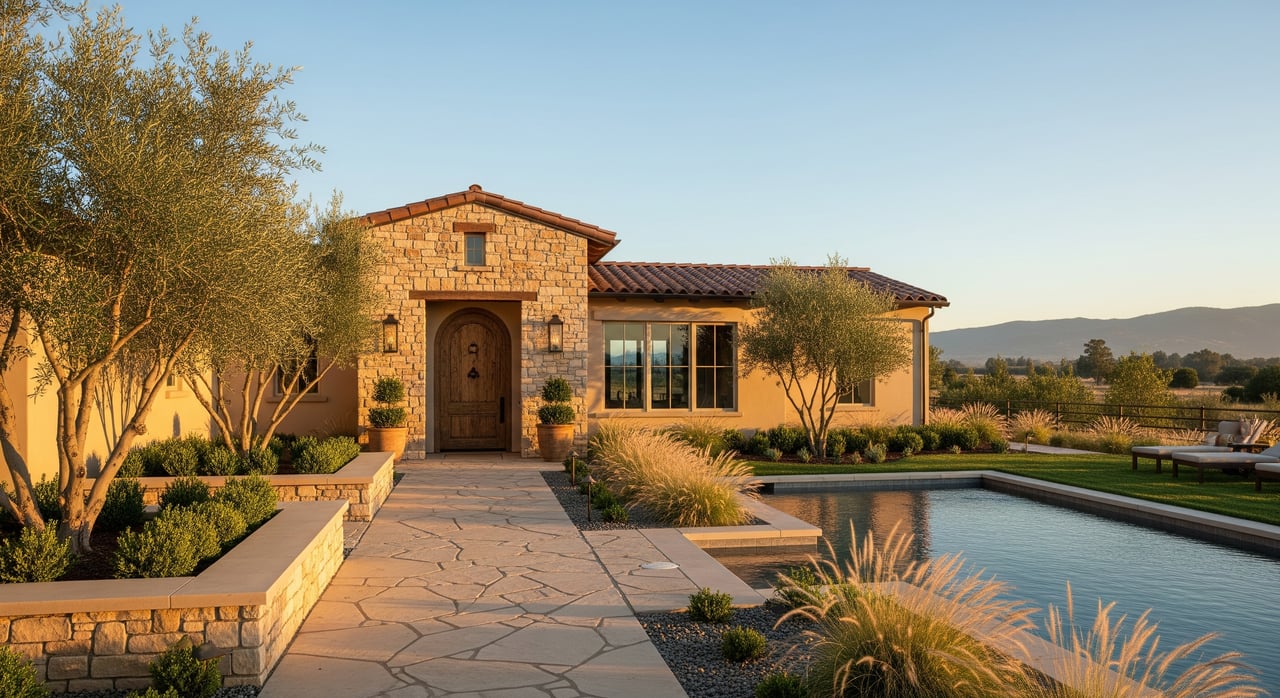Home security is a top priority for homeowners, and modern security systems offer a wide array of features designed to protect against intrusions, emergencies, and even environmental hazards. Choosing the right security system for your home involves more than just installing an alarm—it’s about selecting features that provide comprehensive protection, usability, and flexibility. Here’s a look at the must-have features every home security system should include to keep your property and loved ones safe.
24/7 Professional Monitoring
A core component of any home security system is 24/7 professional monitoring. This service connects your system to a monitoring center staffed by professionals who can respond immediately when a security alert is triggered. In the event of a break-in, fire, or medical emergency, the monitoring team will assess the situation and dispatch first responders to your home if necessary.
This feature provides an essential layer of security and peace of mind, as it ensures someone is always ready to respond to emergencies, even if you’re asleep, away from home, or unable to react. Many modern systems allow you to customize the level of monitoring and can alert the homeowner through mobile notifications as well.
Wireless Connectivity and Remote Access
In today’s digital age, wireless connectivity is crucial for any home security system. Wireless systems are not only easier to install but are also less vulnerable to tampering than traditional wired systems. Wireless systems often include backup power options, so they stay functional even during power outages.
Remote access, typically through a smartphone app, is a powerful complement to wireless connectivity. Remote access allows you to control and monitor your system from anywhere, receiving real-time alerts, arming and disarming the system, and viewing live camera feeds. This feature is especially useful for homeowners who travel or have irregular schedules, offering flexibility and control over home security at all times.
High-Definition Security Cameras
Security cameras are a vital part of any home security system, providing a visual deterrent to potential intruders and capturing footage in case of incidents. High-definition (HD) cameras are a must-have, as they offer clear, detailed images that can be crucial for identifying suspects or gathering evidence.
When choosing cameras, look for those with night vision, as well as indoor and outdoor models that are weather-resistant. Many systems also offer cameras with motion detection capabilities, which can start recording when movement is detected, conserving storage space. Additionally, some advanced systems include two-way audio, allowing you to speak to visitors or, in some cases, warn intruders directly through the camera.
Motion Sensors and Entry Point Sensors
Motion sensors are an integral part of detecting any unauthorized activity within your home. Typically placed in main areas like hallways, living rooms, and near entrances, these sensors detect movement and can trigger alerts or alarms. Entry point sensors, installed on doors and windows, detect when these points are opened or tampered with, instantly alerting you to possible intrusions.
Modern motion sensors often come with customizable settings, allowing you to adjust sensitivity to prevent false alarms from pets or minor movements. Together, motion sensors and entry point sensors create a network of detection throughout your home, covering both main entry points and interior spaces.
Smart Locks
Smart locks allow homeowners to control door locks remotely, a feature that adds both security and convenience. With smart locks, you can lock or unlock your doors from your smartphone or set them to lock automatically when you leave. Many smart locks also allow you to grant access to others through unique codes, which is useful for family members, guests, or service providers.
Some systems integrate smart locks with other security features, such as automatically arming the alarm system when the door is locked. This feature streamlines security routines and provides greater control over who can enter your home, without the need for physical keys.
Glass Break Detectors
Intruders may try to gain access by breaking windows, bypassing door sensors. Glass break detectors are an effective solution for this tactic, as they are designed to detect the specific sound frequency of shattering glass. When the sensor detects this sound, it triggers an alarm, alerting you and your monitoring service of a potential break-in.
Glass break detectors are typically installed near windows, particularly large ground-floor windows, sliding glass doors, or any other vulnerable points. They add an extra layer of security by covering entry points that may not be easily protected with traditional sensors.
Security System Integration with Smart Home Devices
Modern security systems are often compatible with smart home devices, allowing you to create a cohesive home automation system. Integrating security with smart home technology enhances both safety and convenience, as you can manage lighting, thermostats, and even appliances through your security system.
For example, smart lighting can be programmed to turn on when motion is detected, creating an illusion of occupancy that can deter potential intruders. Integration with voice assistants like Amazon Alexa or Google Assistant allows you to control your security system with voice commands, adding a new level of accessibility.
Video Doorbell
A video doorbell is a simple but powerful addition to a home security system. It allows you to see, hear, and speak to anyone at your door via a live feed, whether you’re home or not. Many video doorbells feature motion detection, which alerts you when someone approaches your doorstep, even if they don’t ring the bell.
This feature is especially useful for monitoring deliveries, identifying visitors, and even deterring package theft. Video doorbells often integrate with security apps, enabling you to check who’s at your door anytime, directly from your smartphone.
Battery Backup and Cellular Connectivity
One of the main vulnerabilities of a security system is reliance on power and internet. Battery backup and cellular connectivity address this issue, ensuring your system remains operational during power outages or internet disruptions. Battery backups keep essential features, like alarms and sensors, running, while cellular connectivity ensures monitoring can continue without relying on Wi-Fi.
A robust home security system should combine various essential features that address multiple aspects of home safety, from burglary prevention to environmental protection. By choosing a system with professional monitoring, wireless connectivity, HD cameras, motion and entry sensors, smart locks, and other advanced features, homeowners can ensure a high level of protection. These elements not only enhance security but also offer convenience and peace of mind, making them invaluable investments for any home.
Partner with the Mountain House Real Estate Expert
Investing in a home security system is a smart way to protect your loved ones and your property. With the right features, you can enjoy peace of mind knowing your home is safe.
If you're looking for further advice on
homes in Mountain House,
Refined Real Estate is here to help. They are expert communicators, negotiators, and marketers, but above all, they’re down-to-earth professionals. As Bay Area natives and Central Valley residents, Refined Real Estate knows the ins and outs of every neighborhood, county, and district as only locals can.
Contact Refined Real Estate today to learn more about securing your dream home in your target location.
